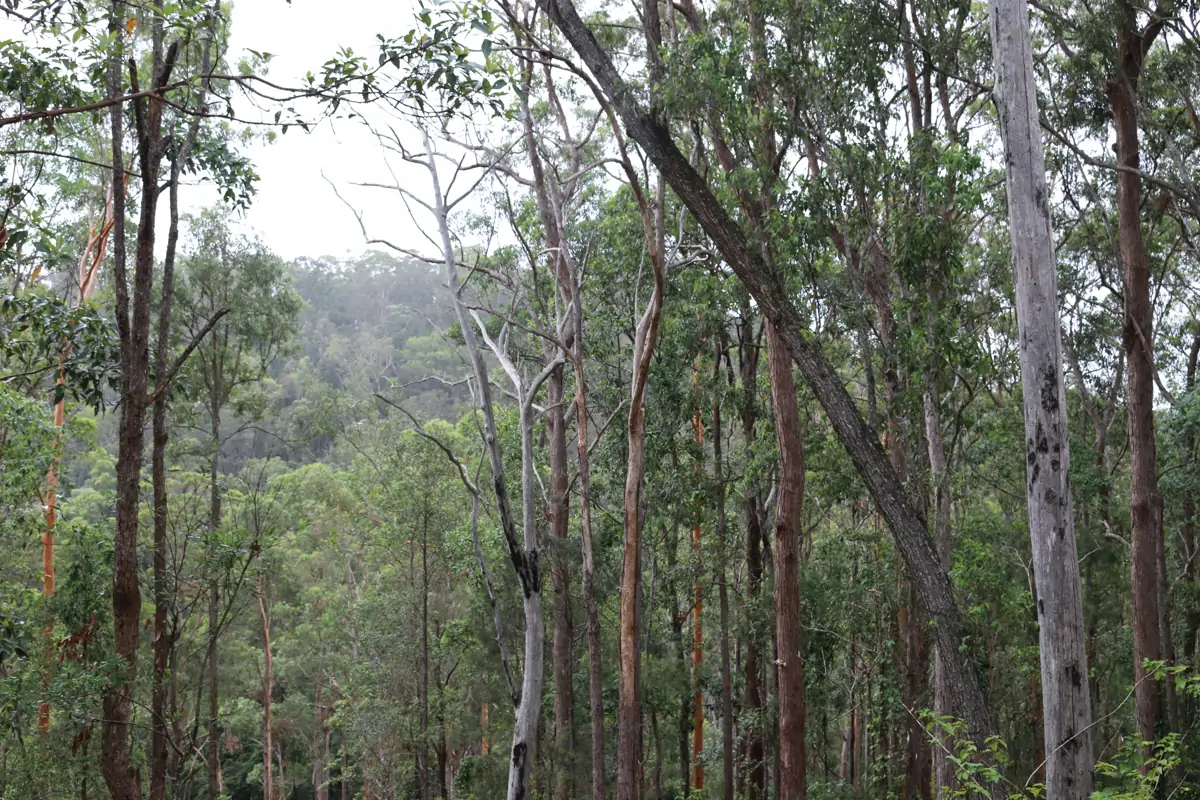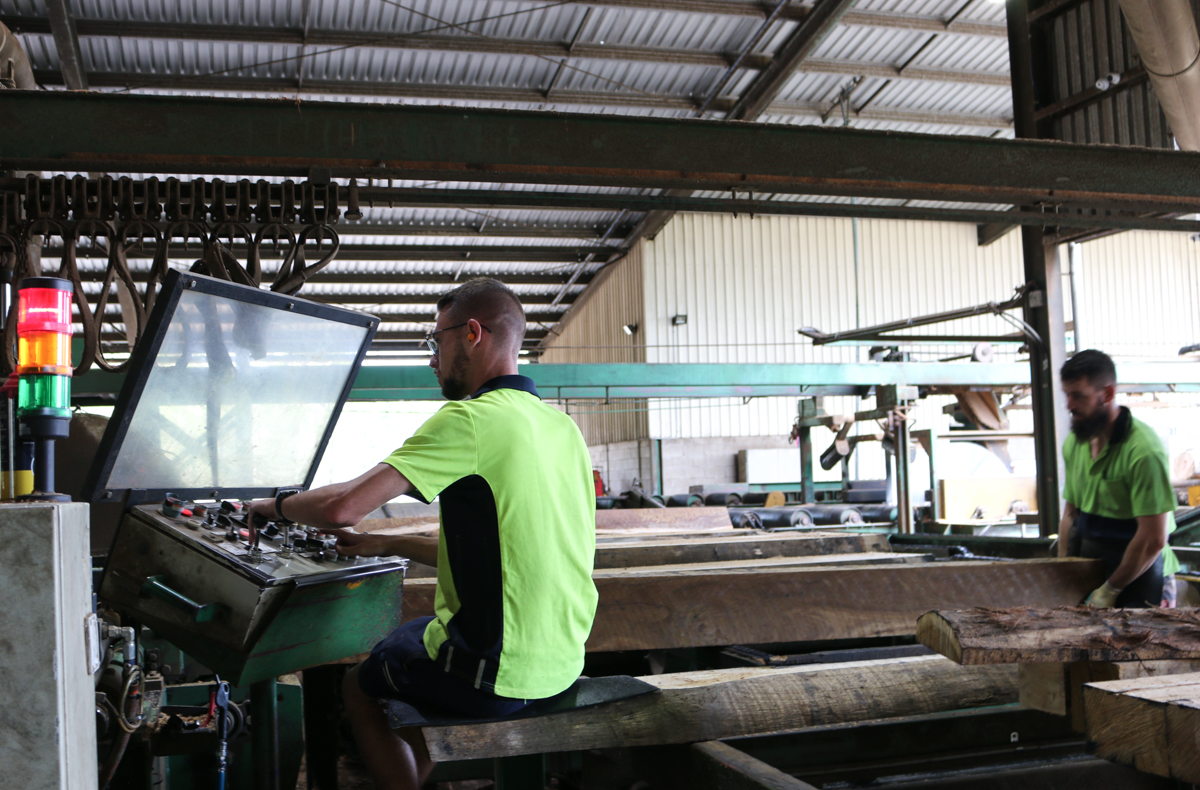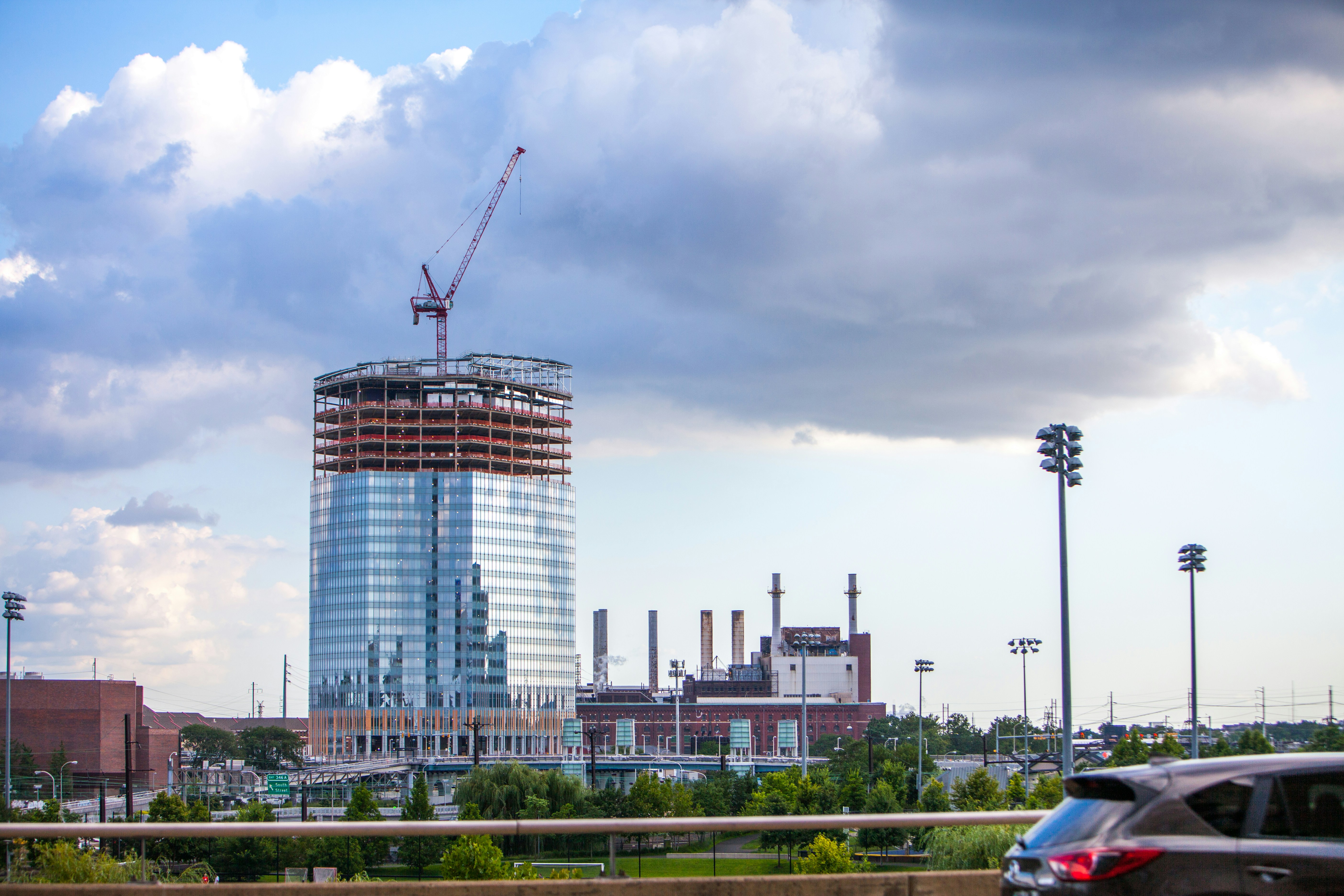There are 4 main sources of timber in Australia.
1. Timber imported from overseas
Due to a lack of domestic supply, often coming from Asia, New Zealand, and the US. The distance travelled alone making it a far from truly sustainable option. For some context in 2017-18 $2.1billion worth of paper was imported to Australia, accounting for 37% of Australia’s wood imports. (Australia Forest and Wood Statistics)
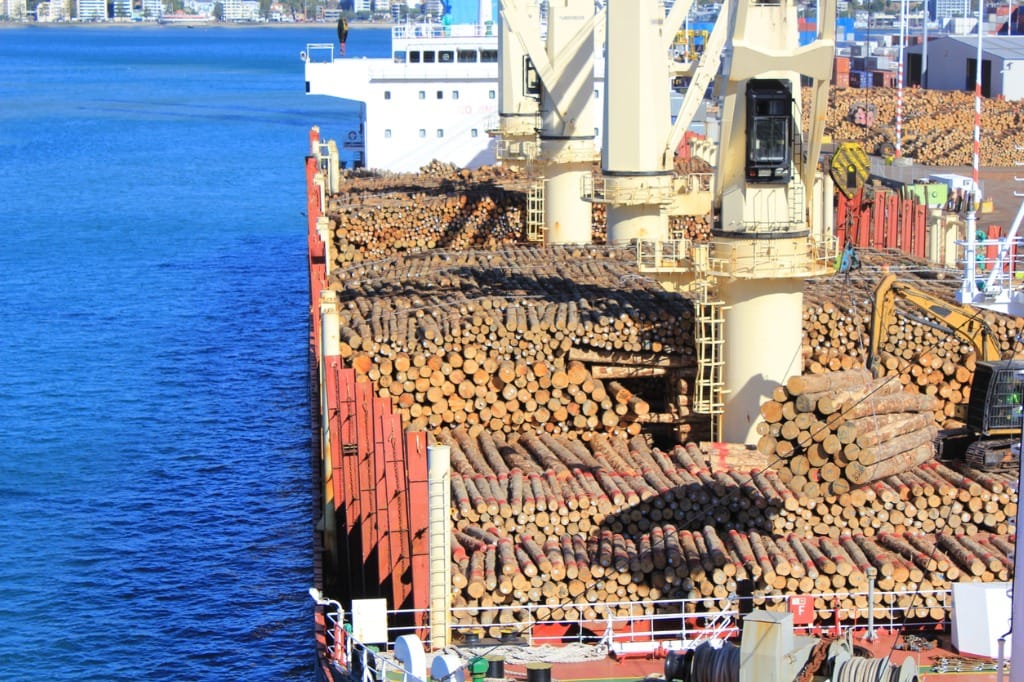
2. Timber grown from mass cultivated and fully harvested plantations
Although grown on Australian soil these are often single species, fertilised tree stock, grown purely for wood production purposes delivering limited ecological benefit. An industry valued at $2.3billion, 39% of commercial plantations are hardwood species with the remaining 61% softwood (Australian Forest and Wood Statistics).
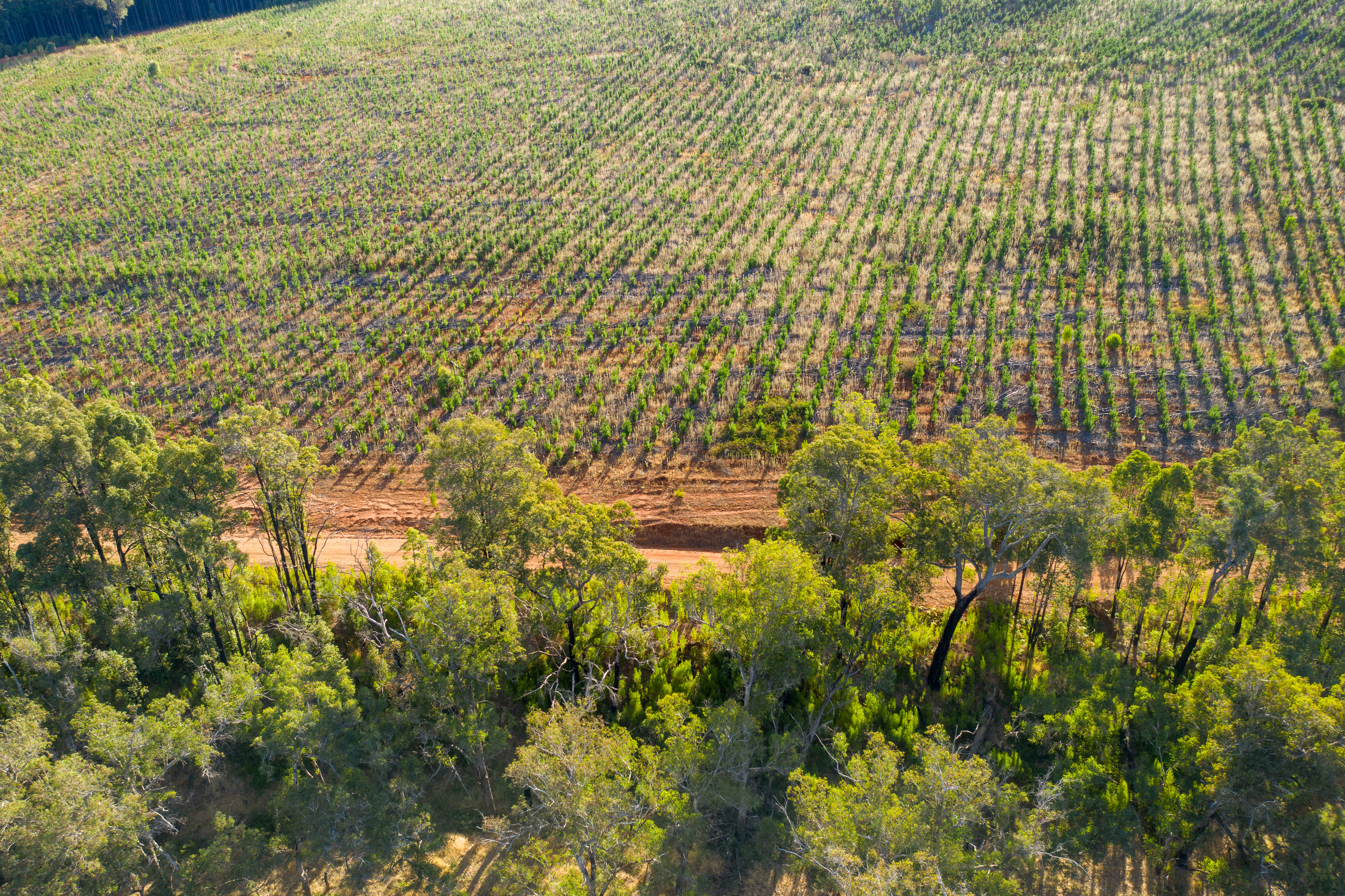
3. Timber harvested from tree clearing
Tree clearing that makes way for subdivision. This clearing can completely destroy natural habitat.
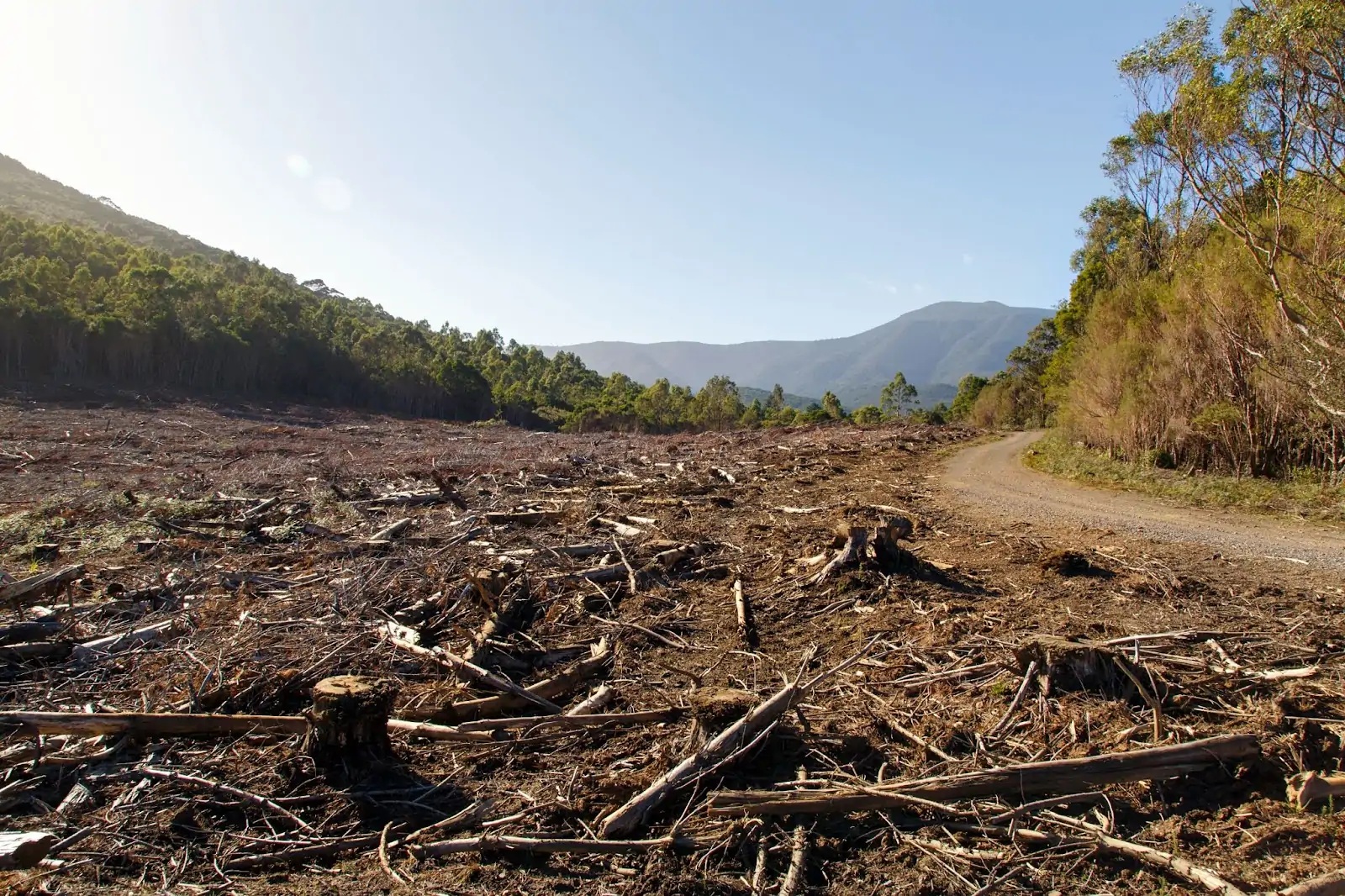
4. Sustainable timber harvested from private native forests
Via the selection of trees that have met or exceeded their potential. This methodology of timber farming enables forests and all who benefit from them to continue to thrive. When this timber has been harvested locally, within your own region this is by far the most sustainable. Timber harvested from a sustainable managed forest on your own property is the perfect opportunity to choose the ultimate sustainable resource option.

Many of us are starting to seek out native Australian timber in our home builds, renovations, and furnishings. But what about shopping as locally as you can get and using timber from trees located on your own property?
That’s exactly where a sustainable forest manager can help you to select an appropriate tree for the timber you choose to make that statement table, utilising all of the tree for additional wood products, minimising wastage and maximising the sustainable and financial returns.
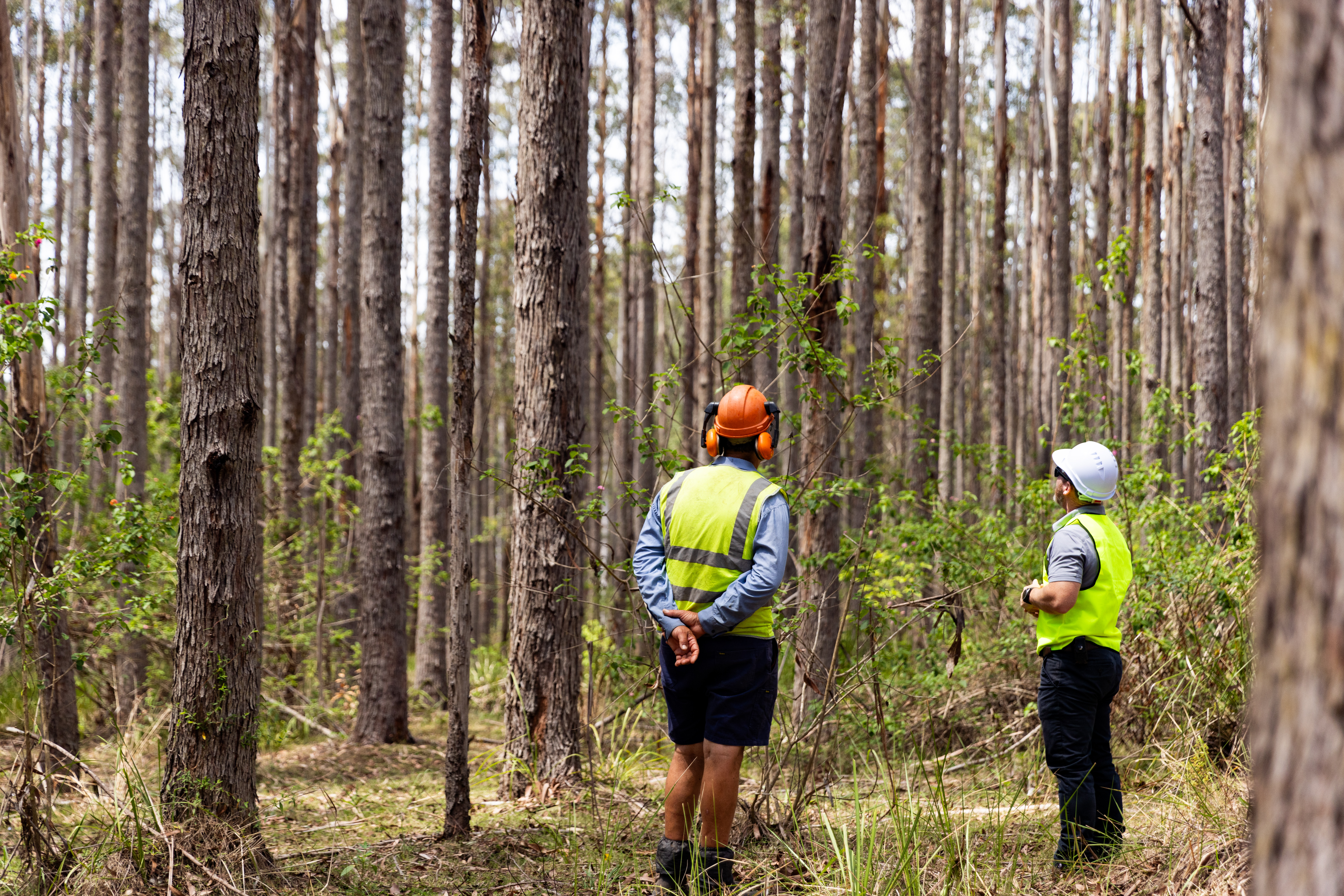
The Science and Stewardship behind Sustainable Forest Management
Science and stewardship are focal elements of sustainable forest management. To manage a private native forest to its full potential you need to understand the role of forests, the lifecycle of trees and their ecological benefits from carbon sequestering to soil erosion and natural habitat.
The Science of Trees
The science of sustainable forest management is complex. NSW Department of Primary Industry has a dedicated Forest Science Unit, spearheaded by Principal Research Scientist, Dr Bradley Law.
The department has conducted long term studies on the effects of plantations and harvesting on native Australian wildlife including most importantly our threatened species; koala’s, bats, and the Hastings River mouse. This research has helped to underpin ecologically sustainable forest management practices.
Stewardship of private native forests
Stewardship is about managing the forest for the long-term future. A future greater than our lifetime for generations to come. Sustainable forest management is not about clearing trees, it’s measured, monitored and sensible action to ensure private native forests reach their full potential and continue to thrive.
Native forests must be actively managed for both environmental and safety reasons, regardless of whether they will be used for timber production. Native timber harvesting is a form of active forest management, applied as a silvicultural tool to improve resilience against bushfire and to promote forest biodiversity and long-term health.
In this context, arguably the native timber production system, as a type of permaculture is more environmentally friendly than timber plantations. (Timber NSW).
How to harvest timber from your property
Ready to take the next step? How to sell my trees is our dedicated guide to maximizing the returns on your timber in NSW and SE QLD.
Get inspiration on sustainable timber builds here.
As leaders in sustainable management of private native forest along the East Coast, Sustainable Forest Management help over 50 private landowners each year to successfully manage their forests for the best long-term outcome. Both Siman (Managing Director) and Victor (Resource Manager) have been involved in the forestry industry in a lifelong capacity and have a wealth of knowledge and expertise to share.
Join the community of sustainably managed forests. Be the next landowner we help. Get in contact today to arrange a free assessment and valuation of your forest. Find out more about us.

